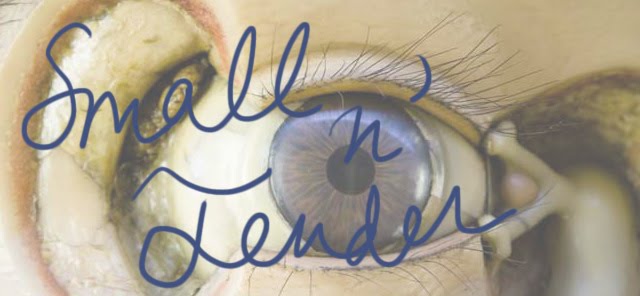
While in London last week I had the opportunity to visit the Hunterian Museum of the Royal College of Surgeons in London. The museum houses the specimen collection of Sir John Hunter, who was at the forefront of the popularization of surgery in his time. It's no coincidence that my visit there was impacted by my recent reading of Steve Baker's "Picturing the Beast", which discusses the warped-ness with which humans relate to their own myths about animals. His book to me makes real the absence of real autonomous animals in our everyday lives. Baker discusses the invisibility and expendability of laboratory animals, and the collection at the Hunterian Museum, with jar upon jar of two hundred year old slices of animals and human body parts, shows how old our tendency to kill, hack up, and poke at the (by then much-altered) "life" around us.

The museum's collection was acquired during the age of the Great Empire, when the British roamed the world and partook of all its earthly delights at their whim, including harvesting and "naming" specimens previously unknown to England. This is why museums of that era, including the Natural History Museum, tend to have mostly tropical collections. As I sat drawing two preparations of the stomach of a swan I began to ask myself, what has this got to do with the animal in motion? What kind of a way is this to learn the world? I couldn't help but feel that I was partaking in the violation of a three hundred year old ostrich as I studied its preserved rectum. How might it be possible for humans to relate to creatures with an entirely different code for living without destroying them first? I am also intrigued by the relationship at the time between science and trade- most of the specimens were acquired on voyages of mercantile intent, or at least by traveling along routes initially forged for trade purposes. What is the appropriate cost of science? There is a clear precedent of humans valuing the advancement of medicine if it requires the sacrifice of a walrus or two. But as co-citizens, is that really our choice to make? This is a never-ending question to me.
I did appreciate the preserved specimens of surgical anomalies- the skull of a young boy with a second imperfect skull attached to its anterior fontanelle, the head and neck of a goose showing a benign fatty tumor below the jaw. Such delights! To his credit, John Hunter conducted some of the most successful surgeries of his time because of his comparative anatomy collection. For example, in 1785 he successfully operated on a condition called popliteal aneurysm, a dilation of the artery behind the knee, apparently a commonly fatal situation back then. Hunter figured out to tie the femoral artery in the thigh, thus allowing smaller blood vessels to enlarge and provide an alternative blood supply, because he had observed collateral circulation in animals and humans. Hunter's exposure to many different bodies allowed him to make advances in surgery based more on practical evidence and experience than the conjecture and mythology often applied to medicine at the time.

The experience was very visually and morbidly pleasing to a person of my sometimes-creepy sentiment, and I highly recommend it to the London visitor, as it is thought provoking, informative, and very thorough. The collection housed at the Hunterian Museum is comprised of 3,000 specimens, but the guides are quick to mention this is only one third of the pre-war collection. If only because he was a nut dedicated to learning at any cost, John Hunter's legacy is worth our time.


No comments:
Post a Comment